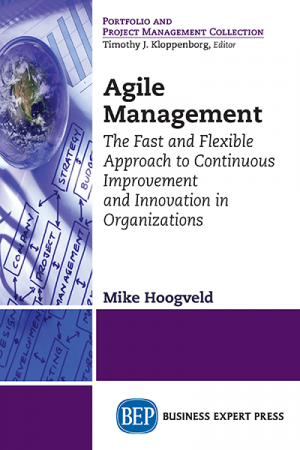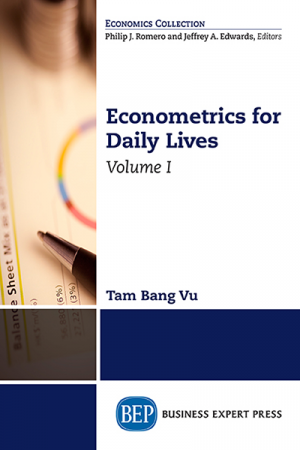Agile Management: The Fast and Flexible Approach to Continuous Improvement and Innovation in Organizations
$21.99An environment that is changing ever faster and deeper;markets that are becoming more dynamic and complex;competitor and customer behavior that is increasingly unpredictable—these developments are affecting all organizations. Whoever wants to survive in the future needs to adapt with lightning speed. Increasing numbers of organizations recognize that traditional ways of working are no longer adequate. They lack agility.
In this book, agility expert Mike Hoogveld shows us what we can learn from smart start-ups and other successful, innovative organizations. Using many academic insights and practical examples, he describes how to make your organization responsive by focusing on continuous improvement. Thus, he gives a very concrete answer to the crucial question with which so many organizations are struggling: How do we increase our agility?
The book includes an agile assessment to determine the agility of your organization. The book remains a number-one bestseller in the Netherlands.











